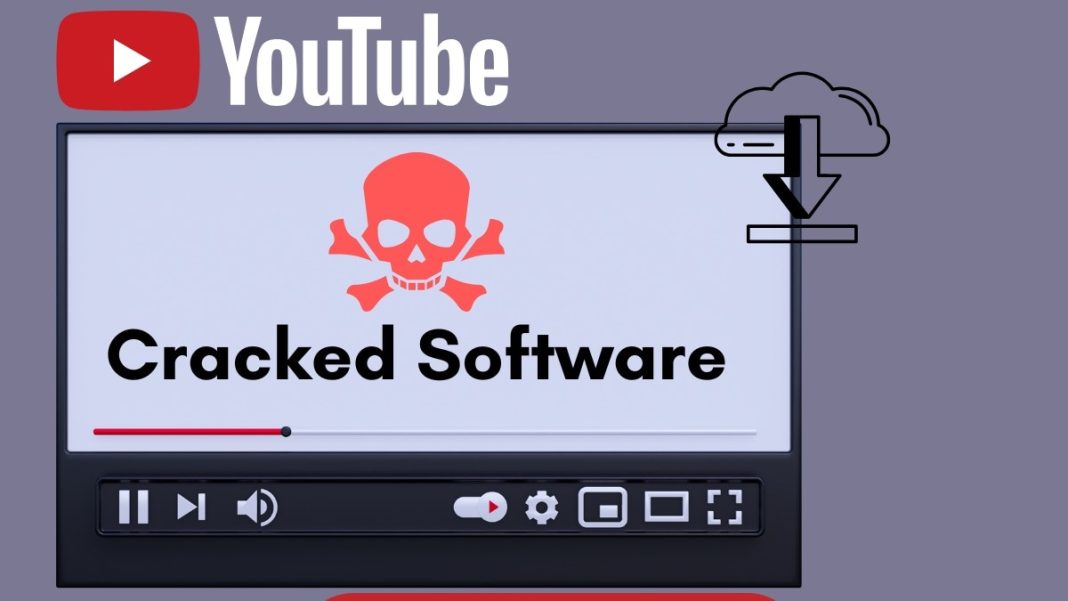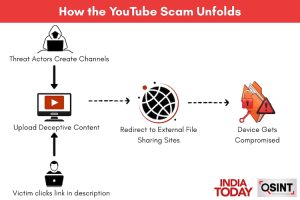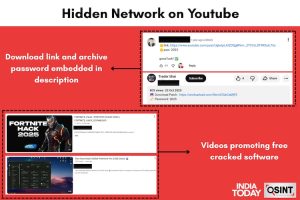Key Takeaways
- Malicious YouTube channels are using fake software tutorials to distribute malware.
- These channels, including some run by Indian creators, have been identified by security researchers.
- Victims are tricked into downloading password-protected archives that steal sensitive data.
A sophisticated malware distribution network is operating openly on YouTube, using polished tutorials for cracked software and games to trick users into compromising their data. An investigation has uncovered multiple channels, including some run by Indian creators, that pose as legitimate help but lead to credential-stealing malware.
The ‘YouTube Ghost Network’ Investigation
This threat pattern was first highlighted in Check Point Research’s “YouTube Ghost Network” investigation, which revealed a large-scale operation using thousands of fake accounts. India Today’s independent probe identified at least six more such channels, three of which are operated by Indian creators.
How the Malware Trap Works
These channels direct viewers to click links in video descriptions or pinned comments, redirecting them to file-sharing sites like MediaFire and Workupload. Users download .rar or .zip files that are password-protected, with the password provided in the video.
Once extracted, the malware is designed to steal credentials, cryptocurrency wallets, and browser data. A major red flag is that the instructions often tell users to disable their antivirus software to bypass system safeguards.
Blending into the Platform
One video titled “Free Download Adobe Premiere Pro” from a malware peddler has already garnered over 1.58 lakh views. The high view counts allow these malicious actors to blend into YouTube’s creator community without raising suspicion.
The network operates systematically, using pinned comments to hide shortened URLs. When analyzed on security platforms like VirusTotal, these links trigger phishing alerts.
As cybercriminals go mainstream, even trusted platforms like YouTube are becoming minefields for malware. For internet users, every click now carries a significant risk.






